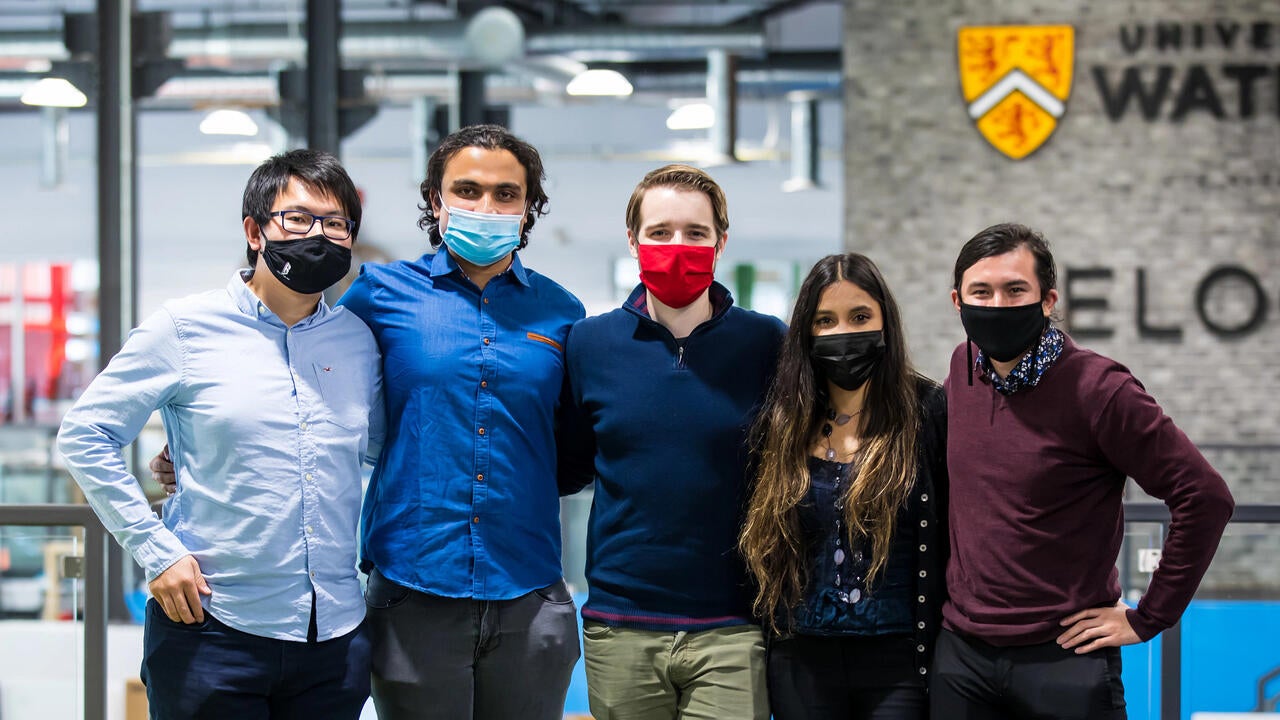
Zooming into the future of optics
Five engineering alumni behind Scope win global runner-up prize in Dyson invention contest

Five engineering alumni behind Scope win global runner-up prize in Dyson invention contest
By Brian Caldwell Faculty of EngineeringFive recent nanotechnology engineering graduates from the University of Waterloo have come a long way since they came together over a shared interest in optics and frustration with the poor quality of their smartphone photographs.
Just over a year after they teamed up, their startup technology company, Scope Photonics, earned international attention with the announcement this week that it is a worldwide runner-up for the 2020 James Dyson Award for student inventors.
“It’s been a really fun year,” says Holden Beggs (BASc '20), a co-founder and CEO of the company. “There is definitely much more buzz around the technology and our vision of modernizing and digitizing optics than there was when we started.”
The award means Scope, which began as a fourth-year design project for the five classmates last fall, finished in the top four out of 1,800 entries from 27 countries.
It comes with an $8,500 prize and invaluable exposure as Beggs and his partners — Alisha Bhanji (BASc '20), Ishan Mishra (BASc '20), Fernando Pena (BASc '20) and Zhenle Cao (BASc '20) — work to develop and commercialize technology to overhaul smartphone cameras.
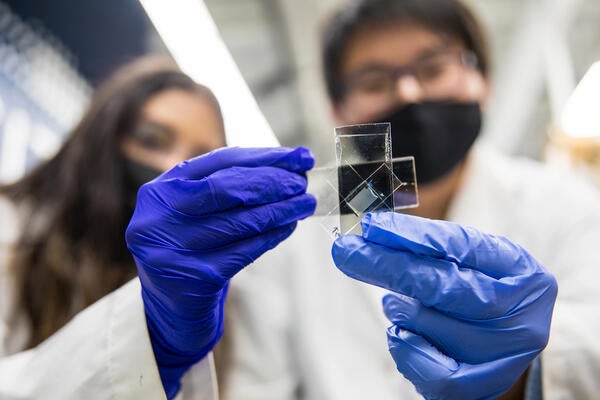
Alisha Bhanji (left) and Zhenle Cao demonstrate the concept behind Scope.
“Optics have been optimized and accessorized, but not revolutionized,” says Bhanji, who graduated along with her teammates in the spring. “We’re determined to change that.”
Judges for the prestigious contest — started by James Dyson, the well-known inventor of the bagless vacuum cleaner — were impressed by the team’s use of simulations as well as practical experiments to refine their concept to add a high-quality zoom function to smartphone cameras.
“Not only is it a compact and cost-effective solution, it also has the potential to be used in a variety of product applications,” says Peter Gammack, a vice-president at Dyson.
The technology at the core of Scope, which is based at the Velocity startup incubator in Kitchener, involves lenses made of millions of tiny rice-shaped molecules known as liquid crystals.
When electric voltages are applied, the molecules rotate, changing the way light bends as it passes through them.
“In terms of size, this is all in the realm of things you can’t see,” says Bhanji, the chief engineering officer.
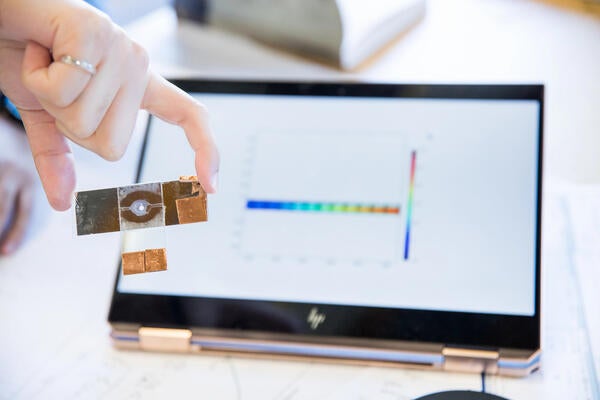
The five members of Scope hope to revolutionize optics with their lenses.
Controlling the movement of the liquid crystals via the application of different voltages means the lenses can zoom in or out on a subject with no mechanical movement and without losing image quality.
Unlike existing optical systems — which date back to the 16th century and require physical movement and therefore room to zoom — the new technology is ideal for space-limited smartphones.
By stacking multiple liquid crystal lenses, team members eventually hope to enable zoom, wide-angle, macro and other functions in a single camera less than a centimetre in diameter.
They’re also looking ahead to applying the technology in areas including medical imaging and autonomous vehicles.
“Obviously, a single smartphone camera that can do all these different things is incredible,” Beggs says. “But if you think of where else cameras are useful throughout the world, it’s a whole other ballgame.”
The annual Dyson contest challenges university students to develop innovative products and concepts that solve tangible problems.
Waterloo Engineering projects have a long track record of success at both the national and international levels, including a global win by Voltera for its desk-sized circuit board printer in 2015.
Top photo: Scope Photonics members (l-r) Zhenle Cao, Ishan Mishra, Holden Beggs, Alisha Bhanji and Fernando Pena pose for a group photo.
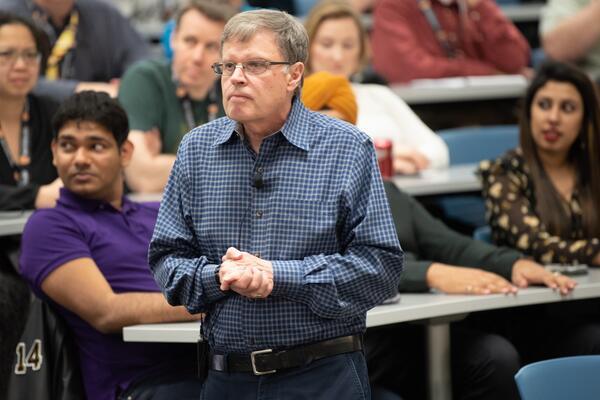
Read more
For more than four decades, Waterloo professor Larry Smith has helped build the University's reputation for innovation and entrepreneurial excellence
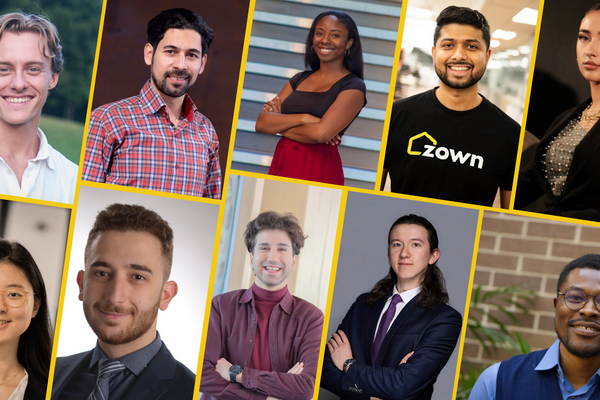
Read more
From transforming solutions for homeownership to advancing health care interventions, Waterloo talent continues to disrupt industries and drive change
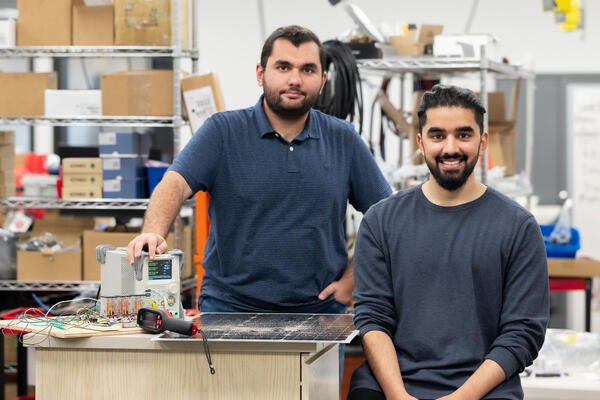
Amirhossein Boreiri (left), Swish Solar's Chief Technology Officer, and Miswar Syed, Chief Executive Officer, are the latest Velocity-based company to raise pre-seed funding. (Velocity / University of Waterloo)
Read more
Velocity cleantech company closes pre-seed round, financing will help accelerate market adoption of its self-cleaning solar technology
The University of Waterloo acknowledges that much of our work takes place on the traditional territory of the Neutral, Anishinaabeg, and Haudenosaunee peoples. Our main campus is situated on the Haldimand Tract, the land granted to the Six Nations that includes six miles on each side of the Grand River. Our active work toward reconciliation takes place across our campuses through research, learning, teaching, and community building, and is co-ordinated within the Office of Indigenous Relations.